I was doing some housekeeping on my Mac yesterday and found this photo from the CB300 that I thought was worth sharing with you:
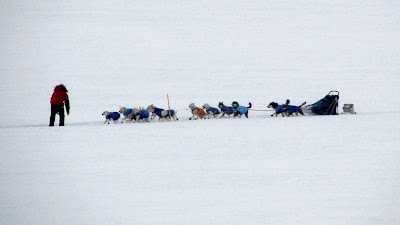
The story goes like this: I was at the Tolsona checkpoint — in the lodge warming up, actually, after Allen had passed through and before Aliy had arrived — when I saw this musher-less dog team coming across the lake. I grabbed my camera and got this long-distance shot — through a window — just as someone had gotten out in front of the team to grab them.
There was quite a commotion in the lodge as people speculated about whose team it was, how it had happened, where the musher was, etc. For those who are not so familiar with the sport of sled dog racing, it seemed that this was a surprising — almost astonishing — turn of events. The truth is that it’s actually common enough.
There are several ways a musher and team can be separated. Often, there is a particularly nasty point in the trail — icy, steep, twisty, etc. — where the musher’s momentum in one direction is sufficiently different from the team’s momentum in another that the musher simply cannot hang on to the sled. Also often, it is possible for the dogs to pull the snow hook free while the musher is off the sled — attending to gear, for example — and to head down the trail on their own. On certain very long races, it sometimes even happens that the musher falls asleep and simply falls off the sled.
There are also several things that can happen after the musher/team separation occurs. In every case you can be assured that the musher will call out “Whoa!” just as loud as possible. Sometimes the team will stop — depending on the dogs and particularly on the quality of the lead dogs — but most often they will continue down the trail. One thing that a musher will try to do when being ejected from a sled is to tip the sled over on its side in the process. While the dogs are physically capable of dragging a sled that’s off its runners, they will not appreciate the added burden and will probably stop on their own. Also, the sled or a dangling snow hook may catch on a tree or some other obstacle that will stop the team. In any of these happy events, the musher is likely to have a relatively short walk to be reunited with the team, to thank their good fortune and to get back on the trail.
In other cases — like the one you see here — the “worst case” has happened and the dogs have continued down the trail with an upright sled — probably even energized about running with a reduced load! It is the nature of dogs to automatically follow the trail for a variety of reasons. For one, they are creatures of habit and following trails is what they do. For another, they can smell/sense the teams that have gone ahead and are naturally inclined to follow. Also, it is simply easier to run on the trail than to break a new one, so the dogs will naturally take the “easy” route.
So, in many — maybe even most — cases where there has been a musher/team separation, you can expect to see a musher-less team arriving at a checkpoint in otherwise good order. As is the culture of the sport, the team will be grabbed up by someone at the checkpoint, steered into a “parking place” and tended to in normal fashion until the musher arrives.
How does the musher arrive? Well, most often — as happened in this case — they are picked up in short order by the next team to come along the trail and given a ride. Sometimes, though, on especially long races it can be a very long time before another team comes along. In those cases, you will just have to picture a musher walking the trail: Footprint, footprint, footprint, footprint… For as long as it takes until they somehow, somewhere catch up with their dog team.

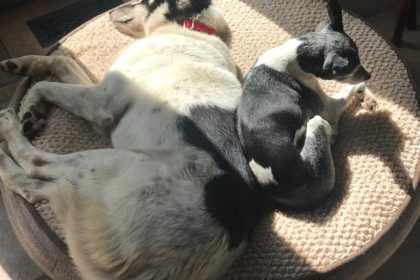



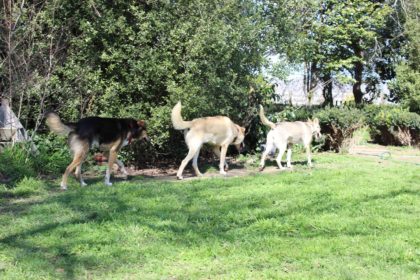
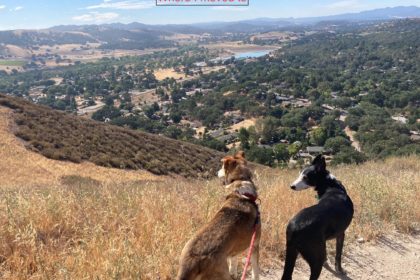
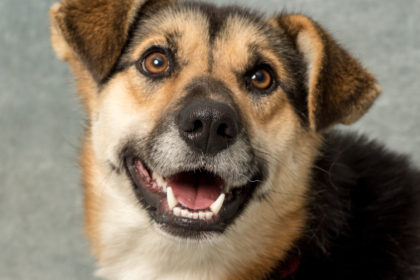
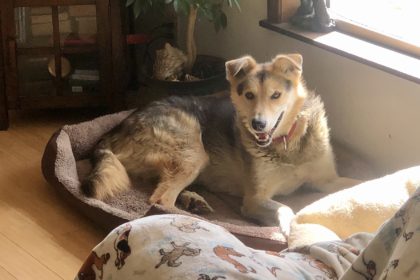
What a story…and picture! Thanks!
and sometimes the musher can hang on only until he smacks into a tree…
LOL – my back and shoulder are still giving me fits, but the dogs were just fine.
Swanny